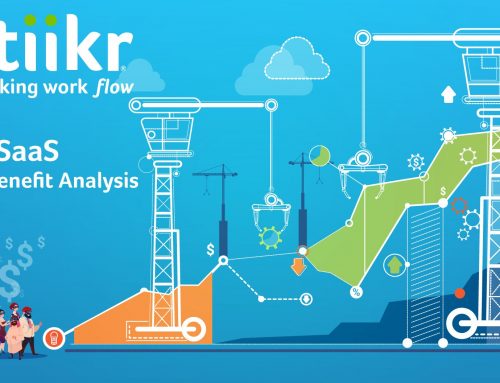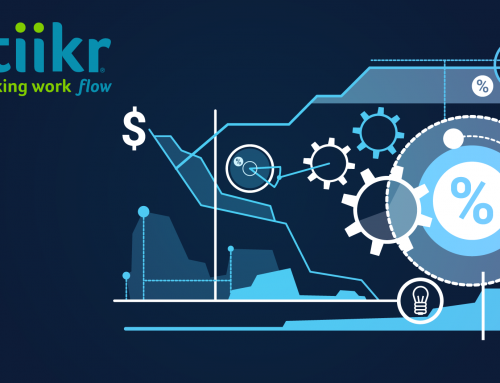In today’s fast-paced business environment, the operational processes that underpin a company’s workflow are pivotal to its success. The evolution from manual to automated systems has marked a significant transformation in how businesses operate, offering substantial benefits in terms of efficiency, accuracy, time savings, and cost reductions. This blog post provides a comparative analysis of manual versus automated business operational processes, shedding light on the compelling advantages automation brings to the table.
Understanding Manual Processes
Manual business processes are tasks or activities that are carried out by humans without the aid of any automated tools or software. These might include data entry, record-keeping, inventory management, and many other routine operations. While manual processes have been the backbone of businesses for decades, they come with inherent limitations. The primary challenges include time consumption, high error rates, and significant manpower costs. In a manual system, the room for human error is considerable, leading to data inaccuracies and inefficiencies that can affect decision-making and operational effectiveness.
The Shift to Automation
The advent of automation technology has revolutionized business operations, introducing software and tools designed to perform tasks with minimal human intervention. Automated business processes leverage technology to streamline workflows, improve accuracy, and enhance efficiency. From automated data entry systems and CRM (Customer Relationship Management) software to AI-driven analytics and process automation tools, these innovations are transforming the business landscape.
Time Savings
One of the most significant advantages of automation is the substantial time savings it offers. Automated processes complete tasks much faster than human workers, freeing up employees to focus on more strategic, value-added activities. This shift not only accelerates operational workflows but also enables businesses to respond more quickly to market changes and customer needs.
Efficiency and Productivity
Automation dramatically improves operational efficiency and productivity. By automating repetitive and time-consuming tasks, companies can optimize their workflows, reduce bottlenecks, and increase output without necessarily increasing their workforce. This efficiency translates into better resource allocation and higher productivity levels, ultimately contributing to the business’s bottom line.
Accuracy and Consistency
Automated systems significantly reduce the likelihood of errors that are common in manual processes. By relying on precise algorithms and software, automation ensures a higher degree of accuracy and consistency in tasks such as data entry, calculations, and reporting. This reliability is crucial for maintaining the integrity of business operations and making informed decisions based on accurate data.
Cost Benefits
While the initial investment in automation technology may be substantial, the long-term cost savings are significant. Automation reduces the need for manual labor, lowering payroll expenses and associated costs. Additionally, by minimizing errors and improving efficiency, automated processes can decrease operational costs and enhance profitability.
Case Study: Implementing Automation with Tiikr
Tiikr’s workflow and form automation solutions exemplify the transformative power of automation in business operations. By replacing manual forms and paper-based processes with digital workflows, Tiikr helps businesses across a wide range of industries achieve remarkable improvements in efficiency, accuracy, and cost savings. For instance, by automating field service reports, Tiikr clients have reported up to a 70% reduction in processing times and a significant decrease in data entry errors, leading to more accurate billing and improved customer service.
Balancing Automation with Human Insight
While the benefits of automation are clear, it’s essential to balance technological solutions with human insight and expertise. Automation excels at handling routine tasks, but human judgment and creativity are irreplaceable for strategic decision-making and innovation. Successful businesses use automation to augment their workforce, allowing technology to handle the mundane while empowering employees to focus on higher-level functions.
Conclusion
The comparative analysis of manual versus automated business operational processes highlights the undeniable advantages of embracing automation. As businesses strive to remain competitive in an increasingly digital world, the shift towards automated systems is not just beneficial but necessary. Implementing automation, as demonstrated by solutions like those offered by Tiikr, can lead to significant improvements in time savings, efficiency, accuracy, and cost-effectiveness, ultimately driving business growth and success.
For businesses considering this transition, the journey towards automation should be strategic and well-planned, ensuring a seamless integration of technology into existing processes while maintaining the human touch where it counts. As we move forward, the role of automation in business operations will only grow, offering new opportunities for innovation and improvement across all industries.
For further reading on the advantages of automation and its impact on business efficiency, you might find these articles informative:
- “How Automation Can Help Your Business” by Forbes
- ” How Automation Drives Business Growth and Efficiency ” by Harvard Business Review







